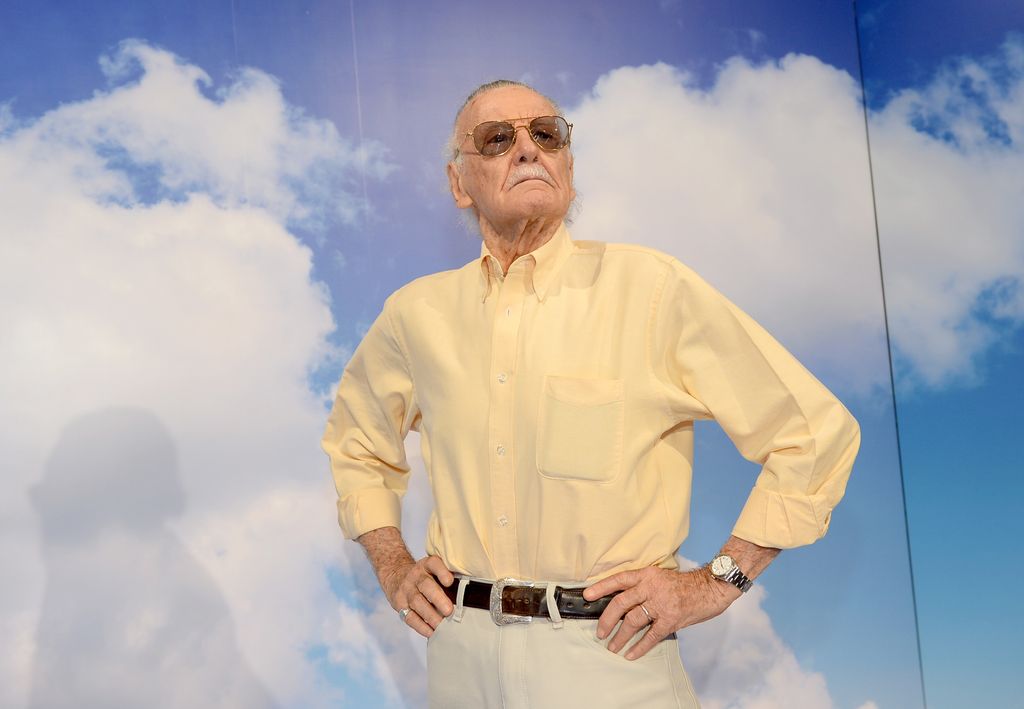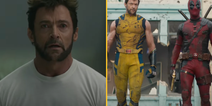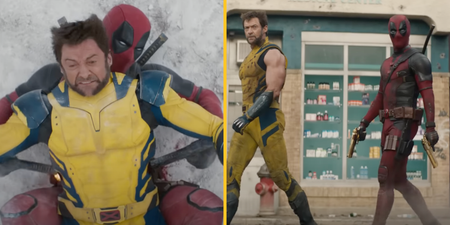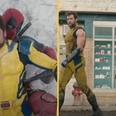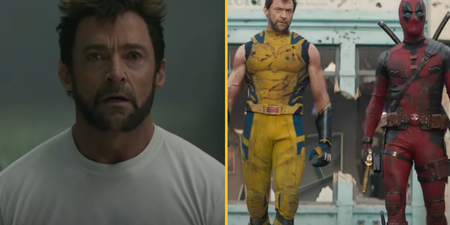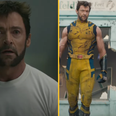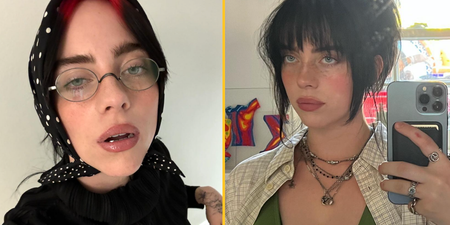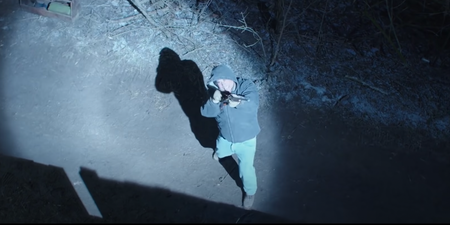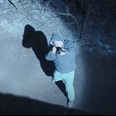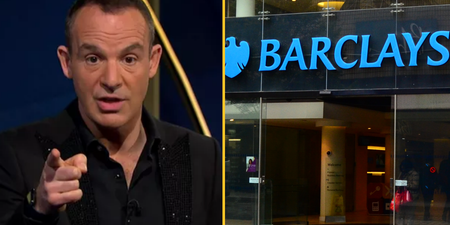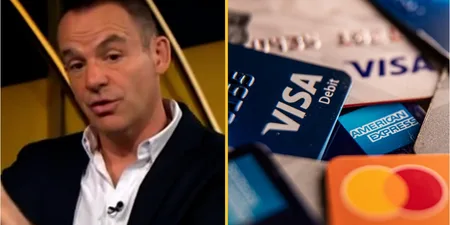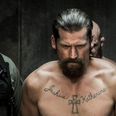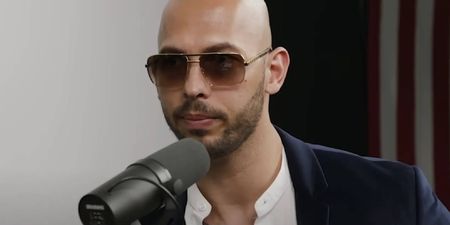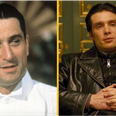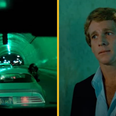Stan Lee’s greatest gift was simply being a born entertainer
Stan Lee, the co-creator of Spider-Man, The Incredible Hulk, The Fantastic Four and X-Men, died aged 95 on Monday.
Born Stanley Lieber in 1922, he had already led a memorable life before he dreamt up the heroes that made him famous. He started as an errand boy at the fledgeling Marvel Comics – then known as Timely – as a teenager at the tail end of the Great Depression.
The nascent comics industry was full of kids winging it, making it up as they went along. And in 1941 at the age of 19, Lee was made interim-editor, after Captain America creators Jack Kirby and Joe Simon left following a dispute with the publisher.
The next year, Lee would enter the US Army, spending most of World War II using his talents to write training films and manuals. His official army classification was ‘playwright’, one of only nine men to receive the title.
Although he returned to Timely following the war, superheroes fell out of favour and the company was hit hard. They continued to churn out monster comics and Western adventures, but Lee became disillusioned, wanting to be seen as a proper writer, a novelist. He even penned a golfing joke book as he plotted his escape.
That’s not what the Gods planned for him though. Seeing the surprise success of rival DC’s relaunch of its superhero line in the late 1950s, Timely’s publisher wanted another stab at costumed characters. A despondent Lee, then in his late 30s, didn’t want to do it. But the story goes that his wife Joan told him to go for broke, be crazy and write it the way he wanted. The company was sinking and he had nothing to lose, so why the hell not?
Re-teaming with Jack Kirby, he created The Fantastic Four, and with it, popular entertainment was changed forever. They were unlike anything that had come before. They didn’t have costumes, or hide their identity. They bickered. One of them was a literal monster.
From there, the floodgates opened. With Steve Ditko – a reclusive Ayn Rand-obsessive who died in June of this year – he created Spider-Man and blew apart the rule book a second time.
Instead of the chisel-jawed Bruce Wayne or Clark Kent, Spidey was Peter Parker; a gawky, nerdy, teenager – angry at the world and hopeless with girls. Unsurprisingly, he was instantly relatable for most adolescent comics fans.
Lee and Ditko would also create Dr Strange, a trippy, surreal new-age hero that resonated with the growing 60s counterculture. And with Kirby, he’d reimagine the Norse hero Thor as a pounding pugilists who almost leapt off the page in a flurry of ideas and imagination.
From there came many others: the X-Men, the Hulk, Iron Man, Daredevil and Black Panther, whose greatest stories might not have come from the pen of Lee himself, but whose initial spark allowed the creation of larger than life stories for years to come.
Today, we pause and reflect with great sadness on the passing of Stan Lee: https://t.co/J0cwgdn677 pic.twitter.com/eOBdZAqdZ0
— Marvel Entertainment (@Marvel) November 12, 2018
But for all his superheroes, maybe Stan Lee’s greatest creation was Stan Lee himself.
At the height of Marvel’s 1960s peak, Lee wasn’t just writing multiple titles a month – he was also editing, art directing, writing all the ad copy and handling the letters pages. To keep on top of all this, Lee developed what became known as the ‘Marvel Method’.
He would give artists like Kirby and Ditko the rough outline, and let them go off and draw the pages. And when the art was returned, he came up with the dialogue to fit the panels. This gave the artists an incredible amount of freedom. In fact, for years fans have debated who came up with what aspect of the story.
Much like the music snobs who claim George is their favourite Beatle and Lennon is overrated, for many hardcore comics heads, Lee came to be seen as a hack, a big mouth who took all the credit away from the mild-mannered Kirby and reclusive Ditko. Both would fall out with Lee for the credit they received and would leave Marvel by the turn of the 70s.
But Lee was far more than just a comic book writer. He was a figurehead and a showman. What made Marvel so special wasn’t just the stories, it was the full package. Previously, comic book publishers were stuffy and out of touch. Lee changed all that.
https://twitter.com/ChrisEvans/status/1062066692631732224
He gave all the creators jazzy nicknames, like ‘Jolly’ Jack Kirby and ‘Stubborn’ Steve Ditko. He penned a bombastic column called ‘Stan’s Soapbox’, regaling readers with tall tales of the ‘Marvel Bullpen’, and signing off his with his signature catchphrase “Excelsior!”.
Lee transformed struggling Timely into the cool, hip Marvel Comics, a worthy contemporary of the pop art scene and French new wave cinema.
He went on to become a celebrity away from the world of comics. He would speak at college campuses and go on TV, and was seen by the public at large as the sole person behind Marvel’s success (understandably angering the artists he worked with). He’d spin his well-worn stories about how Spider-Man was inspired by seeing an insect crawl the wall in his office, or how he got letters from blind fans inspired by Daredevil.
Were all of his anecdotes one hundred percent accurate? It doesn’t matter.
Whether on a comic page, his Soapbox column, or in front of a crowd, Lee’s greatest skill was as a storyteller. And while he definitely did take away some of the credit his writers deserved, he created the myth and the legend of Marvel Comics.
And it was this role that defined the rest of his years. His post-60s writing output was scattershot at best. But that doesn’t matter.
Comic books would not be where they are today without having a cheerleader like Stan Lee. His joy and enthusiasm were infectious, popping up in films like Mallrats way before the MCU was a thing, or on talk shows and in documentaries. He was a relentless promoter – yes, for himself – but also for the art form, and the many amazing works that came out of Marvel Comics.
He was a hustler, a raconteur, a showman, a businessman and his trademark moustache and glasses made him almost as recognisable as Spider-Man himself. But most of all, he was a storyteller.

